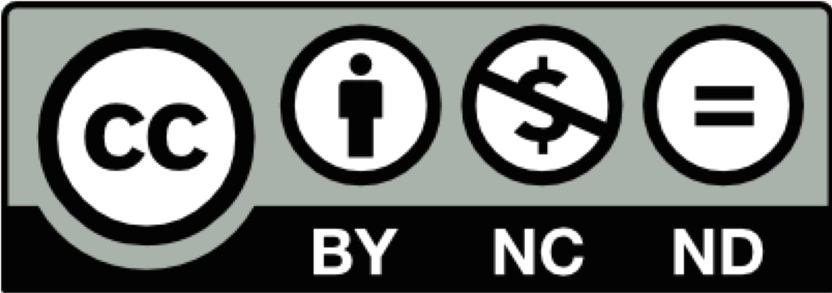The article describes the development of Iran's nuclear program in the framework of Waltz’s “nuclear peace” concept within the context of the theory of structural realism. Considering that in the context of international relations, generally related to the nuclear weapons dimension issues, and the problems of its non-proliferation, in particular, are developed most extensively, if not comprehensively in its neorealism direction. This theory explains the need for states to obtain nuclear weapons at several levels. At the level of the theories of the highest level of abstraction, the security dilemma explains the need to obtain nuclear weapons. The basic provisions of the “nuclear peace” concept are highlighted. Within the proposed approach, Waltz concludes that, under certain conditions, nuclear weapons can contribute to stability and decrease the likelihood of the development of full-scale conflicts between the nuclear countries. The concept of “nuclear peace” has received a new interpretation in the light of consideration of a particular situation around Iran's nuclear issue. The dynamics of the development of the conflict around Iran's nuclear program is explored through Waltz’s theoretical approach. Also, the article is considered fears of a possible nuclear proliferation in the region after Iran’s acquisition and the commencement of a nuclear arms race in the Middle East are unwarranted.
The article outlines, that according to the hypothesis of neorealism, nuclear weapons are the “weapon of peace” and the most effective security guarantee; therefore states like Iran, being rational actors in international relations must strive to possess it or to acquire it. Also, in this study presented criticism of Waltz theory and explains another vision of nuclear proliferation and the possibility of conflict between nuclear-weapon States.
Bell, M. S., Miller, N. N. (2015). Questioning the Effect of Nuclear Weapons on Conflict. Journal of Conflict Resolution, 59(1), 74-92.https://doi.org/10.1177/0022002713499718
Konyshev, V. (2004). American neorealism about the nature of war evolution of the political theory. [In Russian]. Moscow: Science.
Rauchhaus, R. (2009). Evaluating the Nuclear Peace Hypothesis: A Quantitative Approach. Journal of Conflict Resolution, 53(2), 258-277.https://doi.org/10.1177/0022002708330387
Sagan, S. D. & Waltz, K. N. (2002). The Spread of Nuclear Weapons: a Debate Renewed. New York: W. W. Norton & Company.
Tsygankov, P. (1994). Political Sociology of International Relations. [In Russian]. Moscow: Radix.
Tsygankov, P. (2003). Theory of International Relations. [In Russian]. Moscow: Gardariki.
Waltz, K. (2000) Structural Realism after the Cold War. International Security, 25(1), 5-41.https://doi.org/10.1162/016228800560372
Waltz, K. (1988). The Origins of War in the Neorealist Theory. The Journal of the Interdisciplinary History, 18 (4), 615-628.https://doi.org/10.2307/204817
Waltz, K. (1981). The Spread of Nuclear Weapons: More May Be Better. Adelphi Papers 171. London: International Institute for Strategic Studies.https://doi.org/10.1080/05679328108457394
Waltz, K. (2012). Why Iran Should Get the Bomb. Nuclear Balancing Would Mean Stability. Foreign Affairs. Retrieved from https://www.foreignaffairs.com/articles/iran/2012-06-15/why-iran-should-....
Waltz, K. (1979). Theory of International Politics. Boston: Addison-Wesley.
